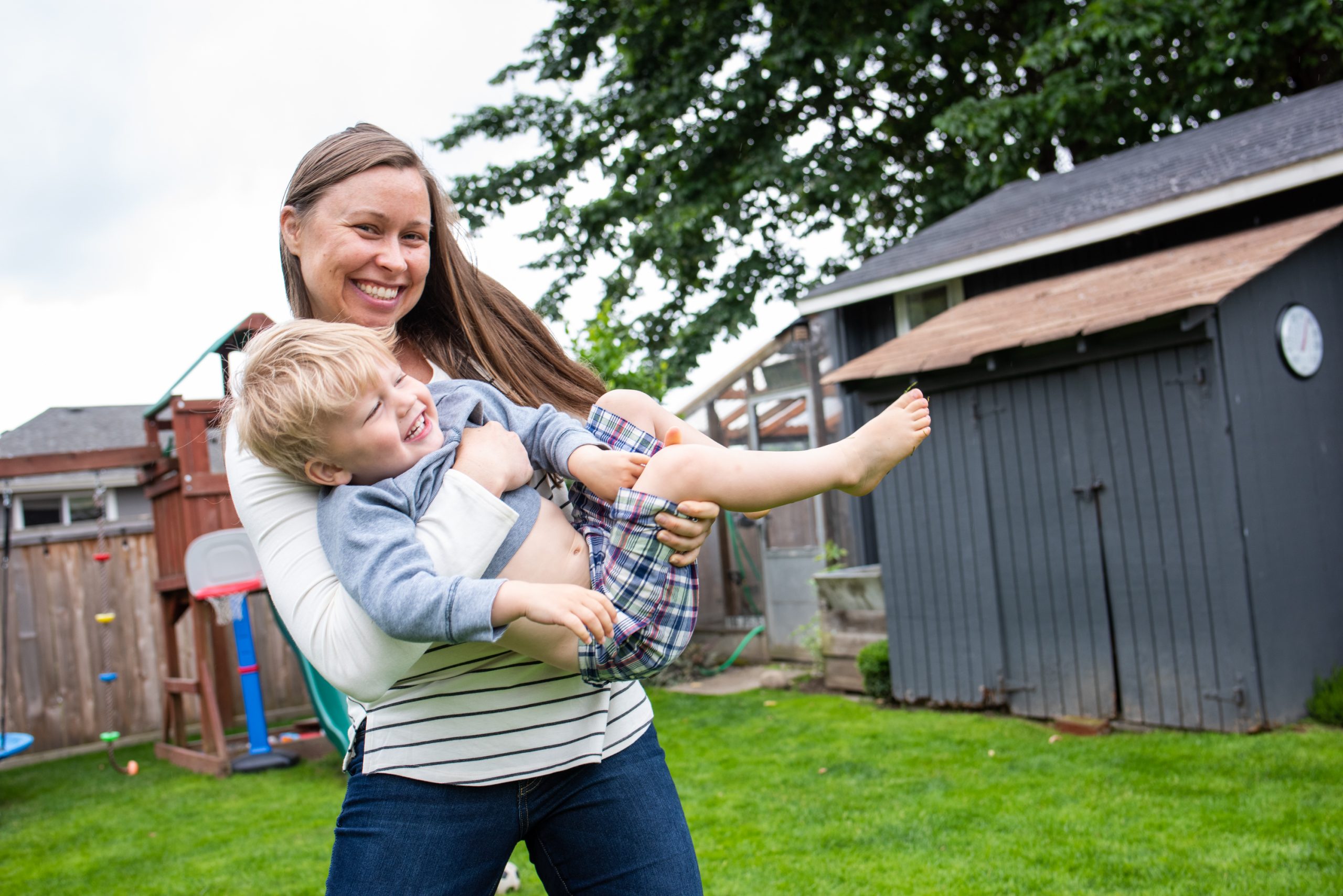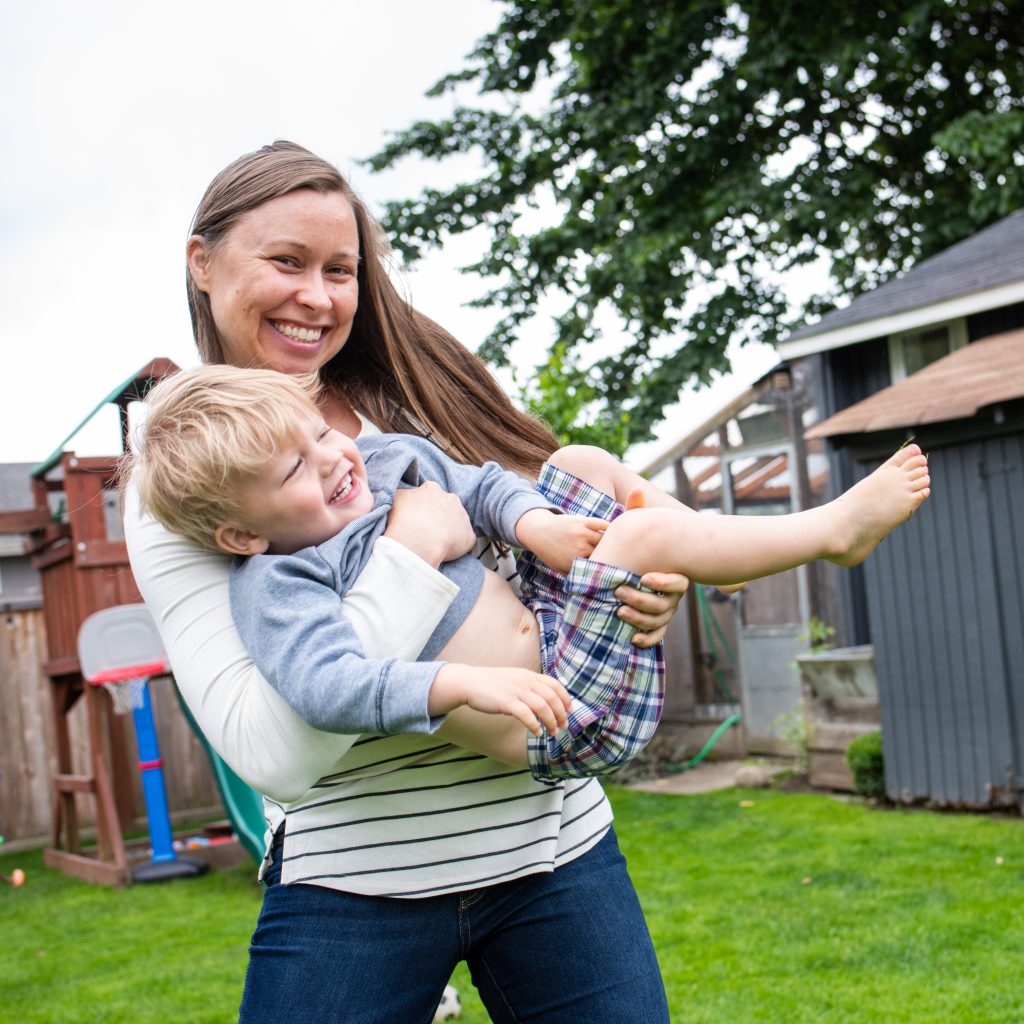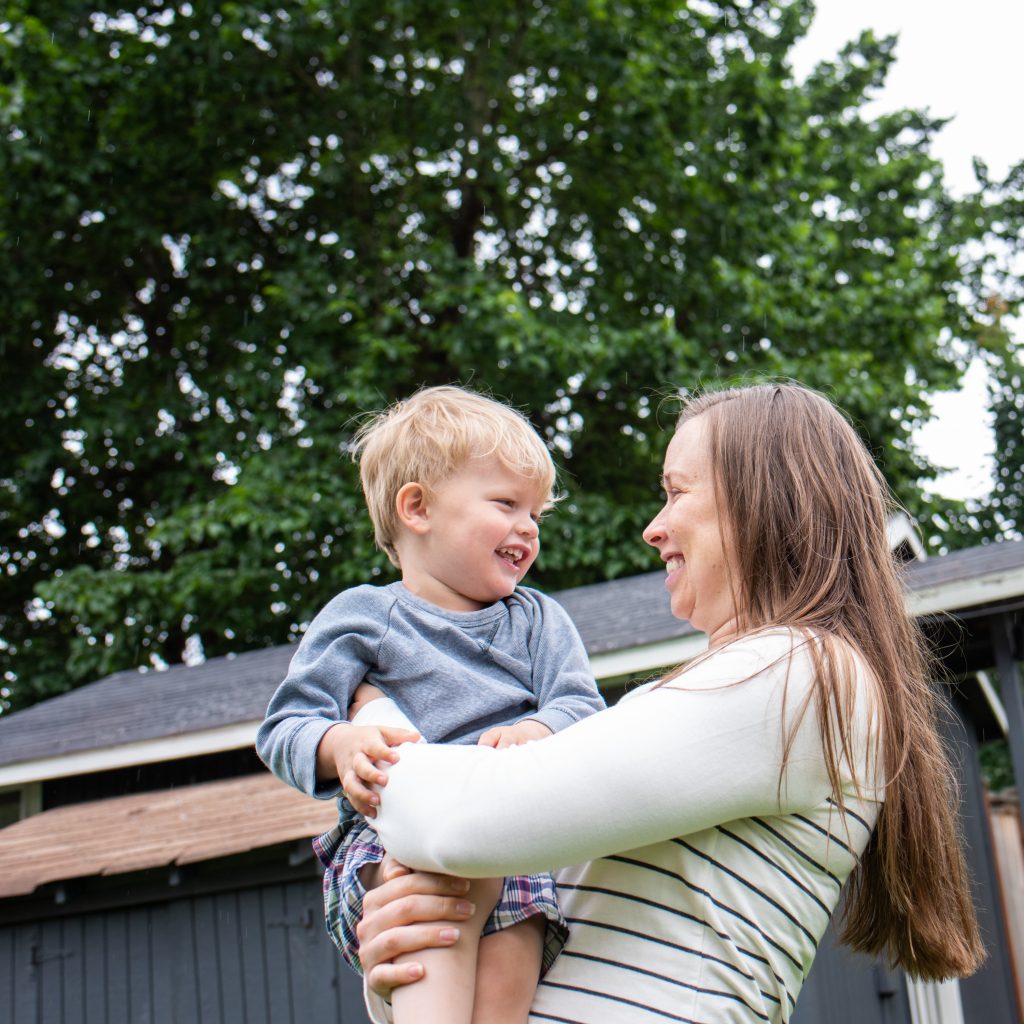‘Tis the season for little kiddos’ birthdays in my family. The other day at my nephew’s 3rd birthday party, his oldest sister asked if she could take some photos with my camera. Her seven-year-old hands were barely big enough to grip it, and she sighed under the weight. Still, she was determined, and I showed her how to look through the viewfinder and set her focus point on her subject. She then played paparazzi as I goofed around with her brother, capturing our laughter and silliness from her kid perspective. Most of the photos are out of focus, but the joy is still there, as is the memory of how excited she was taking pictures of us, so I’ll most definitely get one of these printed.
As a professional photographer, I constantly critique my own photos and want to make sure that the focus on my subject is sharp. I will rarely if ever show a client a soft-focused photo, unless it’s too cute to pass up and I have no other alternative. But in some cases, like with my niece, the perfection is in the memory, not the technical execution. I love these; when I look at them I can hear the sound of my nephew’s giggles and I never want them to stop!
“What camera should I buy?”
Raise your hand if you’re thinking of getting a DSLR this summer? I’m honored that over the years many of my friends have come to me asking this question, but there is no right answer. Sorrrrryyyyyy. Instead of telling them exactly what to do, I provide a few suggestions to help guide them – and today, I’m sharing them with you!
- Set your budget. Photography is not an inexpensive hobby, and it’s easy to get overwhelmed by all of the options, but setting your budget will narrow your choices and keep you on track. If you’re buying a DSLR and a lens, you’re most likely looking at a $500-$1,000 investment.
- Test different brands. Physically hold a few different cameras – Nikon and Canon are very popular (or if you want to go mirrorless, there’s also Sony) – to see which grip feels best in your hands. There are subtle differences. Do you like the way the buttons are laid out? You can do an online comparison of several camera bodies to see what features they have and what best suits your needs.
- Avoid the kit lens. This is a personal preference and not a hard-and-fast rule, but kit lenses (usually 18-55mm f/3.5-5.6) are rather limited, and if you really want to learn your camera and take beautiful photos, I think you’ll have more fun with something else. Instead, buy just a camera body and then a separate lens or two. I shoot Nikon, and my favorites for beginners are a 35mm f/1.8, 50mm f/1.8, or 18-200mm f/3.5-5.6. (If you have noOoOoo idea what that means, look it up – OR – email me and we can book a Photography 101 session where I go over all the fundamentals.) The beauty about those first two lenses is that you can get them for under $200. (Some of my lenses cost close to $3,000, so trust me, that’s a steal of a deal.)
- Consider used gear. Check out Craigslist, OfferUp, or camera websites like B&H Photo, Adorama, and KEH Camera for quality used equipment. If you’re not sure how serious you want to get about photography, buying used gear is a great way to get into it without breaking the bank. I’ve purchased plenty of used lenses and camera bodies and they’ve served me very well.
Overall, your camera is only going to be as good as your willingness to learn it. Your equipment won’t make or break you when you’re just starting out, so take the leap and get a camera you’re excited about and start shooting! I’m here to answer your questions, so don’t hesitate to drop me a line in the comments or at tb@tara-brown.com!


